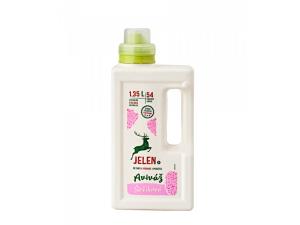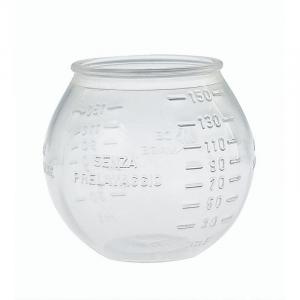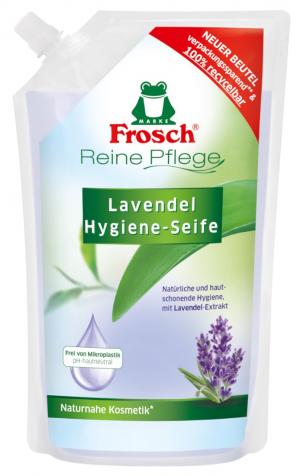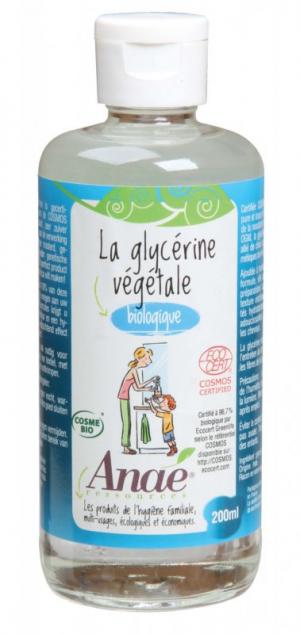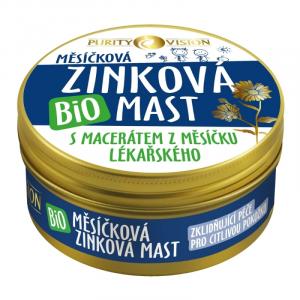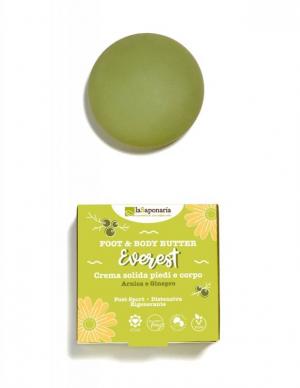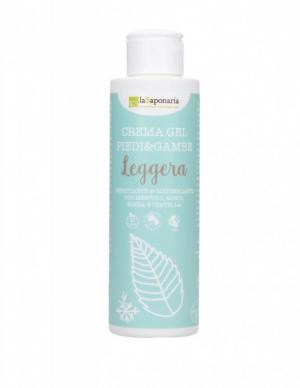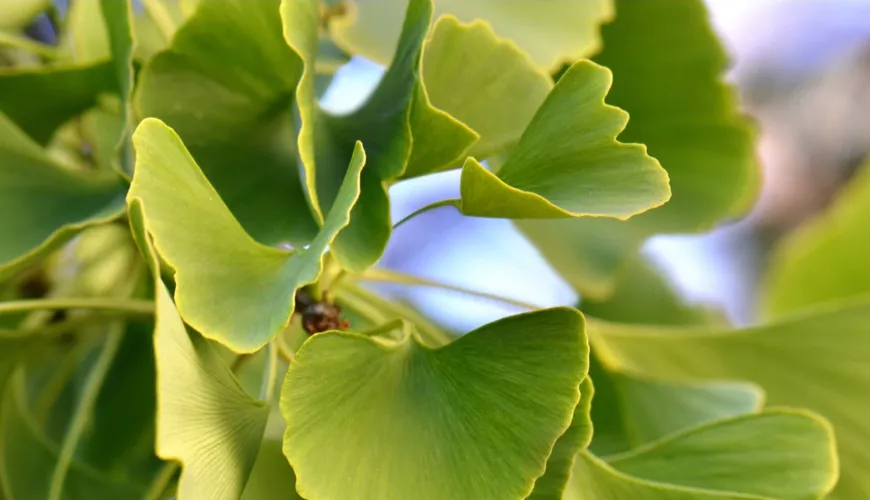
Get Rid of Nail Fungus with the Help of Ordinary Vinegar

Nail fungus, scientifically known as onychomycosis, is a common issue affecting many people worldwide. It is an infection caused by various types of fungi that can affect both fingernails and toenails. This unpleasant condition can cause not only aesthetic problems but also pain and discomfort. People seek various ways to deal with this issue, and one popular method is using vinegar. Can vinegar really be an effective remedy against nail fungus?
Vinegar, specifically apple cider vinegar, has a long history of use in folk medicine. Ancient civilizations used it for its antiseptic and antibacterial properties. Traditionally, vinegar was used to treat various skin ailments, disinfect wounds, and as a food preservative. But how does vinegar fare in the fight against nail fungus?
Try our natural products
Modern science is beginning to confirm the effectiveness of some traditional treatment methods, including the use of vinegar. Vinegar contains acetic acid, which has the ability to kill many types of bacteria and fungi. Studies show that acetic acid may be effective in reducing the growth of fungi that cause onychomycosis. Can vinegar truly compete with modern pharmaceutical products?
How to Use Vinegar for Nail Fungus
If you decide to try vinegar as a treatment for nail fungus, it's important to know how to use it properly. There are several methods to apply vinegar:
-
Soaking the nails: One of the most common ways is to soak the affected nails in a mixture of vinegar and water. It is recommended to mix one part vinegar with one part water. Soak the nails for 15-20 minutes daily.
-
Vinegar and baking soda: A combination of vinegar and baking soda can also be effective. Vinegar has an acidic pH, while baking soda is alkaline, which can help create an environment unfavorable for fungal growth. Mix them into a paste and apply to the affected nails.
-
Direct application: Some people prefer the direct application of undiluted vinegar to the nails using a cotton swab. This method may be more effective but can also cause skin irritation.
Prevention and Additional Tips
In addition to using vinegar, it is important to follow certain preventive measures that can help prevent the recurrence of nail fungus. Keep your nails dry and clean because fungus thrives in warm and humid environments. After showering or bathing, thoroughly dry your feet and hands, and don't forget the spaces between your toes where moisture can easily linger. Wear breathable shoes and socks, as synthetic materials can retain moisture and create ideal conditions for fungal growth.
Opt for cotton socks and shoes made from natural materials that allow your feet to breathe. Alternating shoes is also important; wear different pairs to give them time to dry out and prevent moisture buildup. Regularly clean and disinfect nail care tools, such as nail clippers, files, and other instruments, as these can transfer fungal spores. Disinfection is key to preventing re-infection.
Try our natural products
People's Experiences with Using Vinegar
Many people share their positive experiences using vinegar for nail fungus. On internet forums and social media, you can find many success stories about this simple and affordable method. Some users report that regular use of vinegar led to significant improvement in the appearance of their nails and alleviation of onychomycosis symptoms. However, it is important to note that everyone is different, and what works for one person may not necessarily work for everyone.
Even though vinegar is generally considered safe, there are some risks associated with its use. Direct application of undiluted vinegar on the skin can cause irritation, redness, or even burns. People with sensitive skin should be particularly cautious and always perform a patch test on a small area of skin before starting treatment. If any adverse reactions occur, it is important to stop using vinegar and consult a doctor.
Try our natural products
Vinegar as Part of Comprehensive Care
Using vinegar can be an effective supplement in treating nail fungus, but it should not be the sole solution. In severe cases of onychomycosis, it may be necessary to seek medical help and use pharmaceutical medications specifically designed to treat this problem. Combining modern treatment methods with traditional approaches, such as using vinegar, can provide a comprehensive and effective approach to fighting nail fungus.
Vinegar, as an ancient remedy, has found its way into modern medicine and health care. Its use for nail fungus is one of many examples of how traditional methods can still play an important role in our lives. It is important to approach treatment informed, knowing the potential risks and benefits, and consult a professional if necessary. So, can vinegar really help with nail fungus? The answer is individual and depends on many factors, but many people have already found a reliable ally in vinegar in combating this unpleasant problem.
